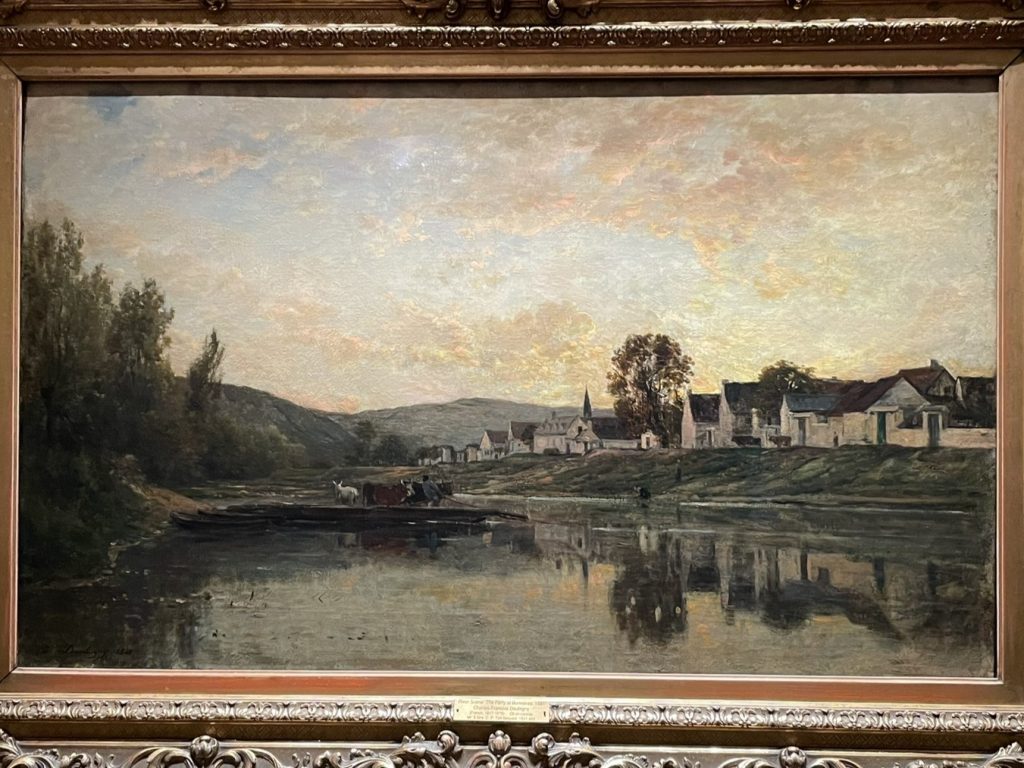We visited the Taft Museum of Art in Cincinnati, Ohio on a hunch. We weren’t sure there was anything there that would particularly interest us, but something about it said we should do it, so we did. What’s another art museum at this point?
Well, it was delightful. The museum is located in a mansion that was built around 1800 for businessman and politician Martin Baum, but of course it’s named for the Tafts, who also happen to have a presidential connection. The third owner, David Sinton, was the father of Anna, who married President William Howard Taft’s half-brother Charles Phelps Taft.


The Tafts were avid art collectors, and they lived in the house from 1873 until their deaths (1929 and 1931). When Sinton died in 1900, he left his daughter a whopping $20 million (about $600 million today), at which point the couple began collecting art in earnest. They bequeathed their home and collection of 530 pieces of art to Cincinnati in 1927, and the museum opened a few years later.
The architecture and design aspects of the house are a much a part of the visit as the art is itself. One highlight was the Duncanson Murals, a series of eight large (9 x 6.5 feet each) landscape murals painted directly onto the plaster walls by Robert S. Duncanson in 1850 and 1852.
Besides the fact that they are “recognized as the most significant pre–Civil War domestic murals in the U.S.,” the artist was an African American of international acclaim. The murals were commissioned by second owner Nicholas Longworth.


The art collection includes some big names in painting, but also many decorative art pieces in porcelains, sculptures, enamels, furniture, and more. However, the art collection also included quite a few pieces by artists we didn’t know or didn’t know well that grabbed our attention, which is always gratifying.
The cover photo is of the mansion. In 1908 William H. Taft accepted his presidential nomination there from the portico.














